Branding: Coordinating My Wardrobe to the HARP Colour Palette
Posted by Dorothy Lander: dorothy@tryhealingarts.ca The talented team at This is Marketing (https://www.thisismarketing.ca/) chose a unique colour palette to illuminate
We went on a plant-based diet eight years ago. Reading Eating Animals by Jonathan Safran Foer and learning of the cruelty factory farming inflicts on animals was the decision point. It gave us a hearty health kick—a direct one to our aging bodies and an indirect one, we fervently hoped, to our planet. We ingested with our green breakfast smoothies what the World Health Organization told us: “Reducing livestock herds would also reduce emissions of methane, which is the second largest contributor to global warming after carbon dioxide.”
Indigenous spirituality embodied in “All My Relations” reminds us that humans are intimately intertwined with earth, sea and sky, plants and other animals. Ethical animal agriculture goes hand in hand with the Truth and Reconciliation movement toward right relations between Indigenous and Settler People. We are all Treaty People. As ethnobotanist Robin Kimmerer writes in Braiding Sweetgrass, “Sustain the ones who sustain you and the Earth will last forever.”
Our understanding of the potential of a plant-based diet to reduce carbon and other greenhouse gas emissions grew quickly. Then in December 2022, John chanced on an article about studies showing that the amino acid L-carnitine levels tend to be low in vegetarians and vegans, because of their tendency to a lower protein intake. L-carnitine, we found out, plays a central role in breaking down and transporting long-chain fatty acids into our mitochondria to get oxidized and produce our life-giving cellular energy. And it’s not just our diet; age too tends to lower our amino acid levels. Our naturopath, Jennifer, who owns our local natural health store, confirmed an even more telling fact: taking supplements of acetyl-L-carnitine can help reverse the inexorable loss of brain function caused by Alzheimer’s and other brain diseases. That decided us.
https://www.healthline.com/nutrition/l-carnitine#brain-health
Within days of starting our L-carnitine supplements, Dorothy had a dramatic change in her sleep patterns: vivid, drawn-out, and highly detailed dreams appeared, most of which she could describe to John first thing on waking. They were fantastical but not at all scary. Nor did they interfere with her sleeping; quite the reverse. She googled and learned that L-carnitine boosts mental energy, which can manifest in lucid dreams. A longtime pattern of insomnia was showing promise of ending. She eagerly awaited her next nocturnal adventure.
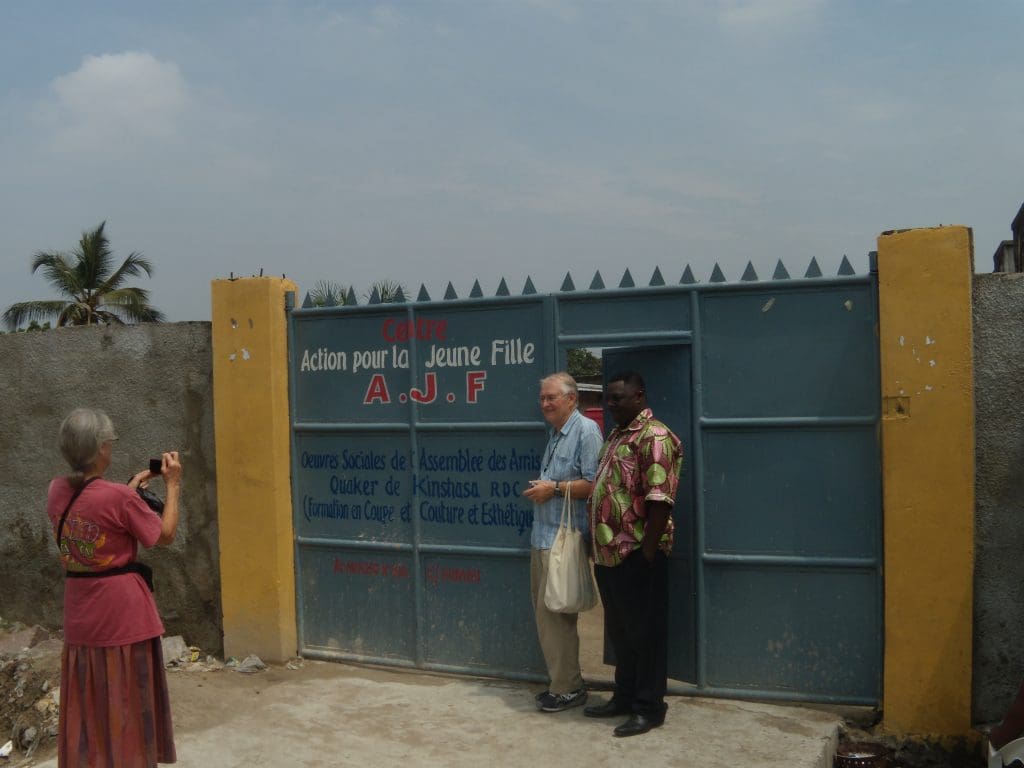
She didn’t have to wait long for a climate action dream. On Christmas Eve morning, her dream transported her back to the Quaker compound in the Democratic Republic of the Congo. It was there that in 2011 we were members of a five-member Canadian Society of Religious Friends (Quakers) team serving as international election observers. In 2011, Dorothy along with Athena Madan, another of our team, led a popular theatre event drawing on Augusto Boal’s Theatre of the Oppressed activities. At this time Athena was deep into her PhD in Public Health at the University of Toronto. Now assistant professor in the University of Victoria’s Department of Sociology of Global Health.
Athena describes her practice like this: “I go to war zones and work with populations in / after conflict. I work in clinic and in community to help build intervention capacity and for monitoring and for programme evaluation. I have field experience in over 24 LMICs and have taught and been educated in six.“ We had to look up LMIC—lower middle-income countries.
How wonderful that in Dorothy’s dream Athena, who was several decades younger than us, was again taking the lead in a combination of evaluation and inquiry. We were back with the extended family in the Quaker compound on the outskirts of Kinshasa, asking them how the pandemic was a wake-up call for climate action. Miraculously, Dorothy understood every word, even though it was entirely in French. And equally miraculous, everyone understood her when she spoke in English. Only in her dreams: Athena is in real life fluently bilingual; Dorothy is not!
How did the dream inquiry unfold? Dorothy heard how the decrease in traffic in the streets meant that the skies had cleared, and we could now see the Pyramids in Egypt – never mind that we were in the DRC. As our human contact lessened, we were connecting more and more with the more-than-human world. Kinshasa and our little patch in Nova Scotia melded: we were hugging avocado and spruce trees, and then we were planting these trees. We were wearing masks and giving each other attention by looking deep into each other’s eyes to learn how the other was coping with the pandemic.
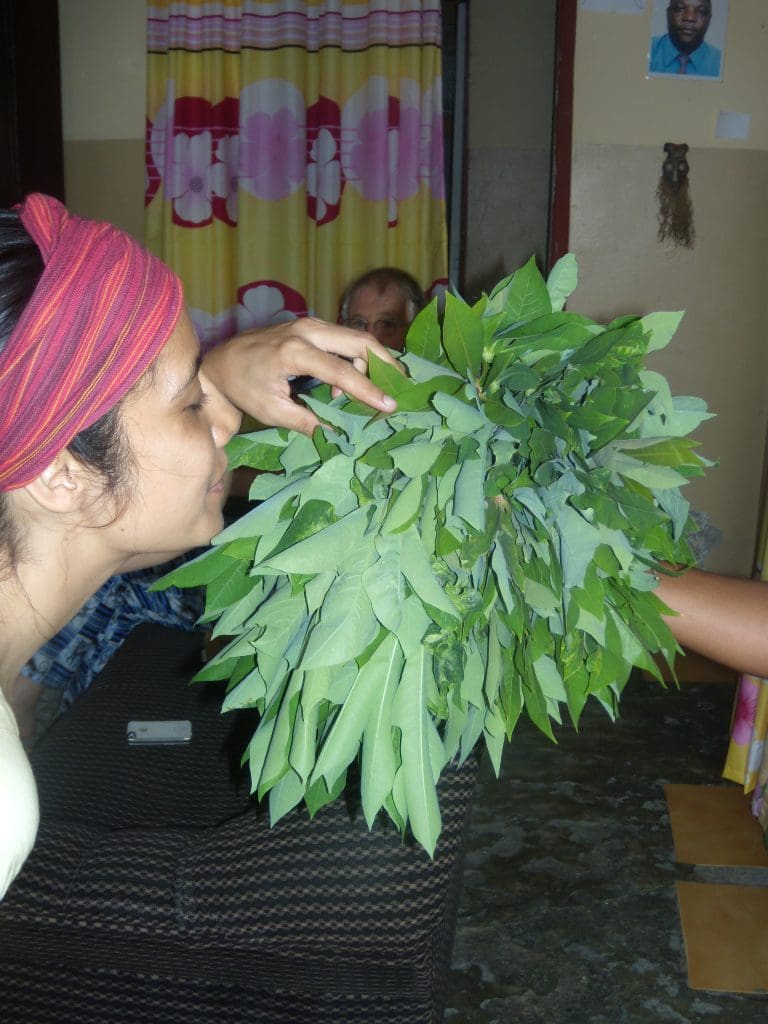

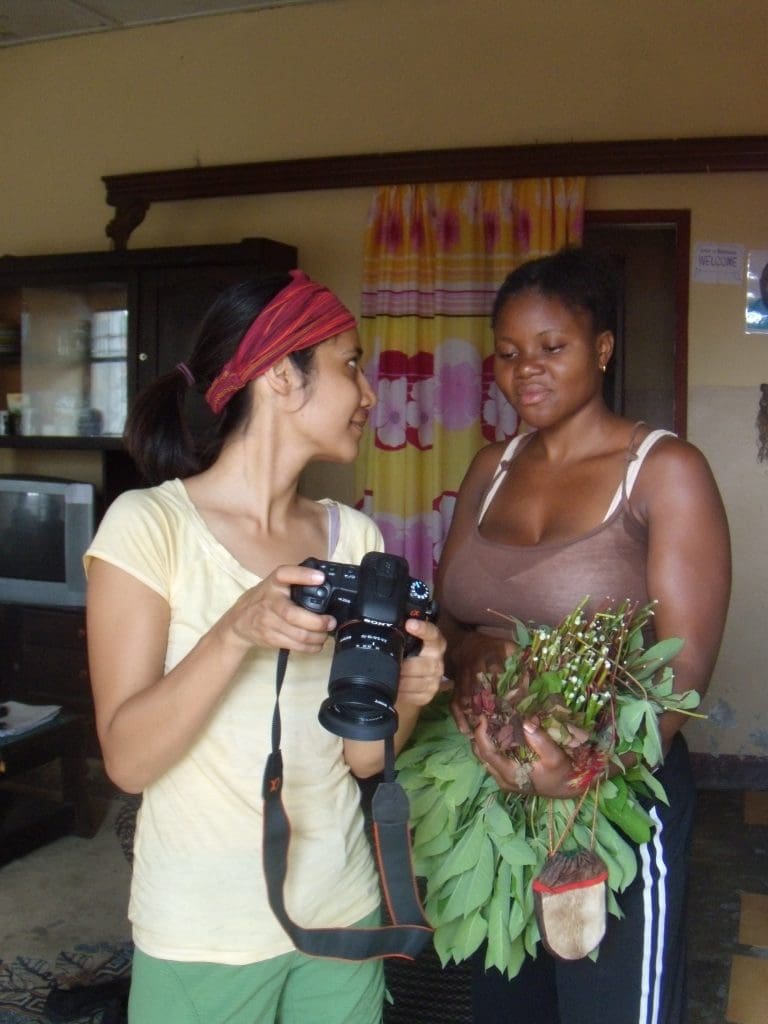

It was still dark when Dorothy woke up. She was determined to hold onto some of the details in this astonishing dream. She longed to continue the inquiry. She reported to John what had transpired in her dream. What lessons could we take from the dream? How has the pandemic spurred us on to climate action? We remembered that Athena uses photography as her medium for engaging with conflict groups. The camera had been seldom out of her hands in the DRC. Here is an image from 2011 of one of the women working in the compound, Mireille, showing Athena manioc (fufu) from the compound garden.
We realize now that the DRC was our early introduction to a plant-based diet. We participated in the digging, pounding and cooking manioc. We appreciated its cultural significance but we could not imagine manioc as our daily fare. We found it tasteless. The Congolese cooks tutored us on how to pound manioc leaves. Shown here is John in his custom-made Congolese pants, which feature in the Fufu youtube clip of stirring the cassava leaves. The gluey paste called fufu is boiled manioc as shown here on the table.
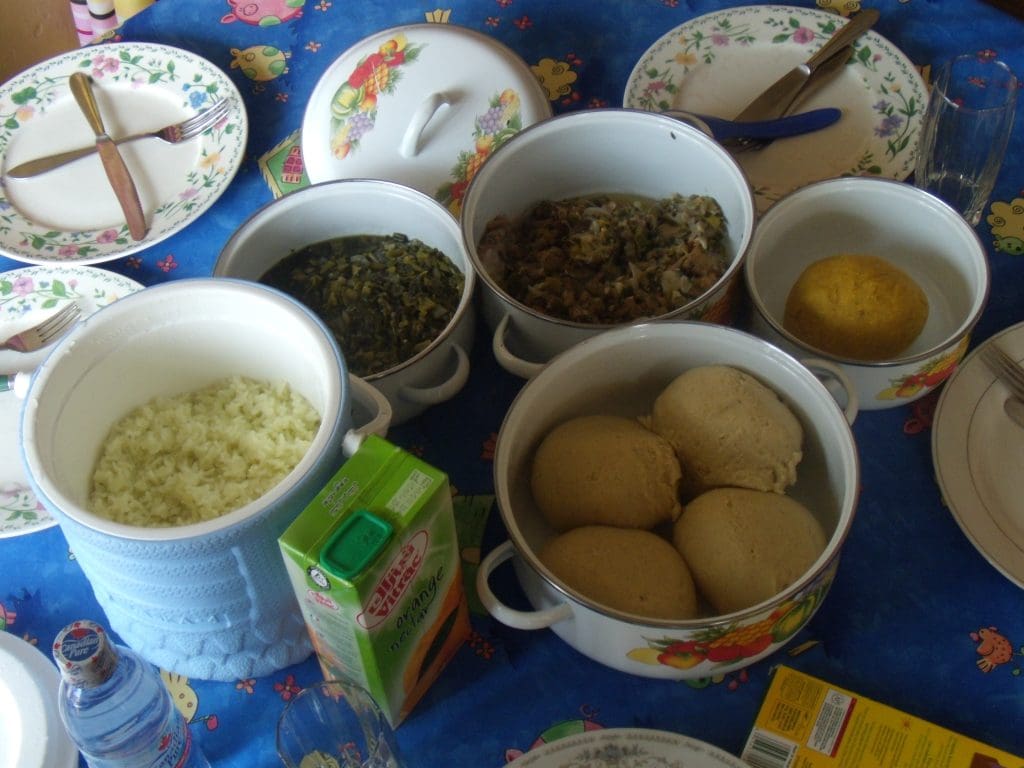

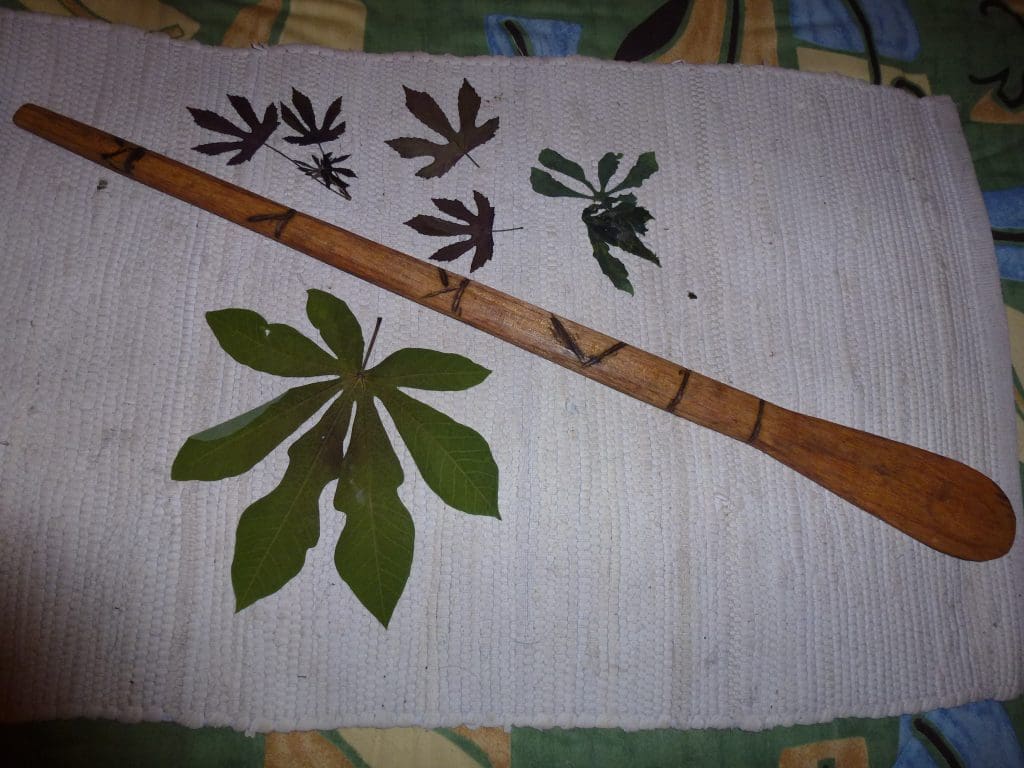

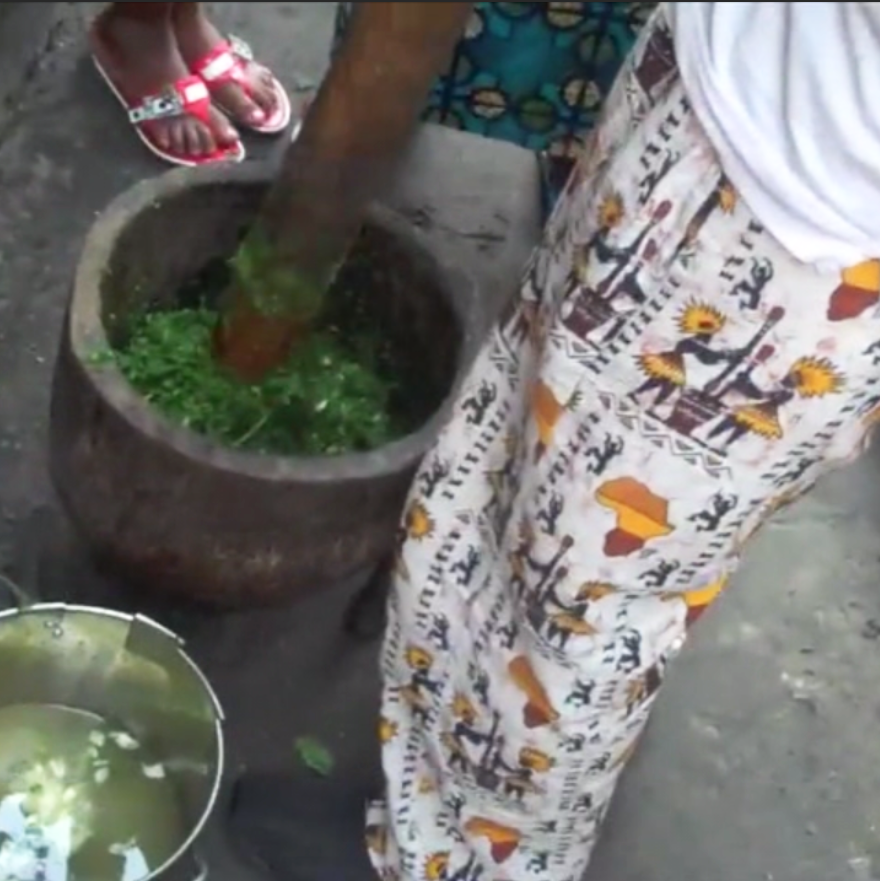

We have since learned that manioc as a source of resistant starch has many health benefits. It feeds the beneficial bacteria in your gut and may help reduce inflammation and promote digestive health. It can improve metabolic health and reduce the risk of obesity and type 2 diabetes. It contains a hearty dose of vitamin C, which can help protect against oxidative stress and support the function of immune cells in your body.
Barbara Kingsolver in her 1998 post-colonial classic The Poisonwood Bible, describes this gluey paste “called fufu. It comes from a stupendous tuber, which the women cultivate and dig from the ground, soak in the river, dry in the sun, pound to white powder in hollowed-out logs, and boil. … For the people of Kilanga fufu was the one thing in life, other than time that appeared to be taken for granted. There will always be manioc. It is the center of life. When the tall, narrow women dressed in their sarongs returned serenely from the fields, they toted it in huge parcels impossibly balanced on their heads: manioc-root bundles the size of crumpled horses” (p. 105).
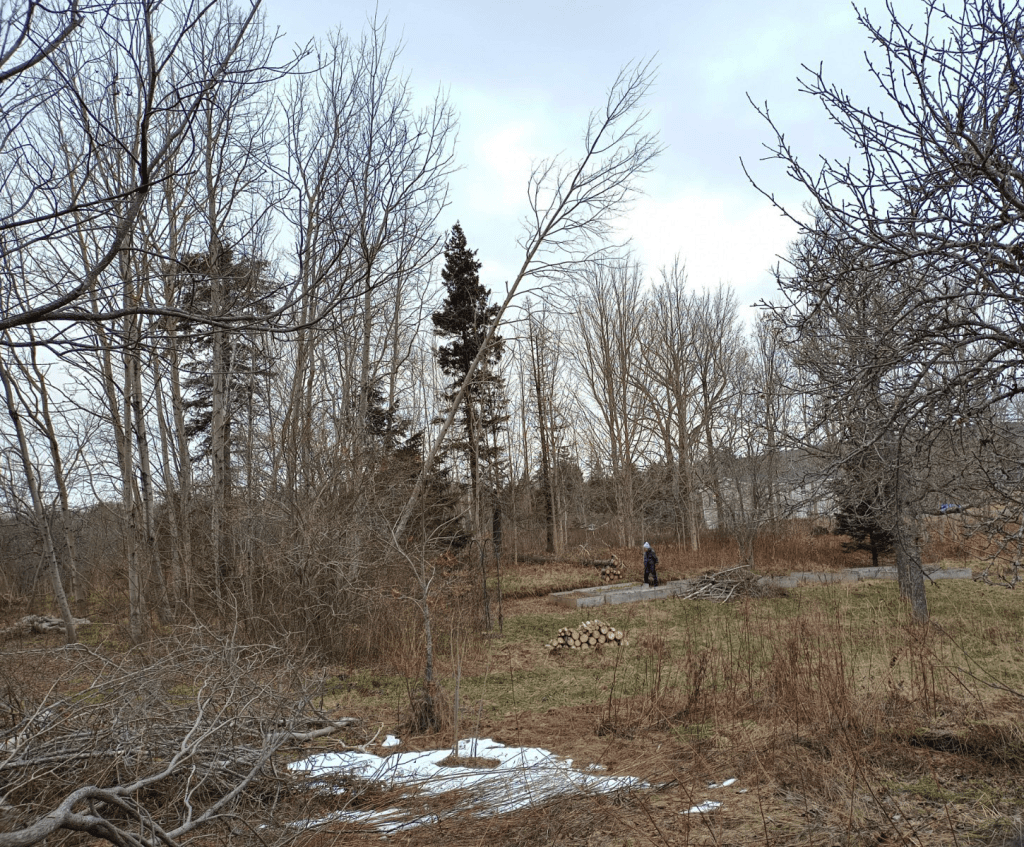

From our post-dream inquiry into the health and symbolic benefits of a plant-based diet that we had implicitly learned from our Congolese friends, and Athena’s photography practice, we began to raise possibilities for climate actionwe could take during the pandemic. The imposed social isolation need not keep us from engaging with the more-than-human world and keeping a longitudinal photographic record of climate action in our community. How about keeping a photographic record of activities like planting trees and our responses to extreme weather events like post-tropical storm Fiona, which led to power outages in Nova Scotia for several days? We had a dozen downed trees on our two-acre patch, which miraculously didn’t land on anything critical—unless you count John’s potato crop. We hired a father-son team to cut the trees into firewood lengths, which subsequently a newcomer Syrian family took away for use in their wood stove.
Athena’s leadership in using photography in the conflict zones where she has worked is a telling record that the majority world—most immediately our own Indigenous cultures—are suffering far more severely than us colonists from the climate crisis. A threat to all life on earth created by over-consumption of resources by us members of the minority world.
Our indigenous allies can be our saviours through their traditional knowledge and respect for Mother Earth. If only we learn to listen. If only we learn from our dreams.
Posted by Dorothy Lander: dorothy@tryhealingarts.ca The talented team at This is Marketing (https://www.thisismarketing.ca/) chose a unique colour palette to illuminate
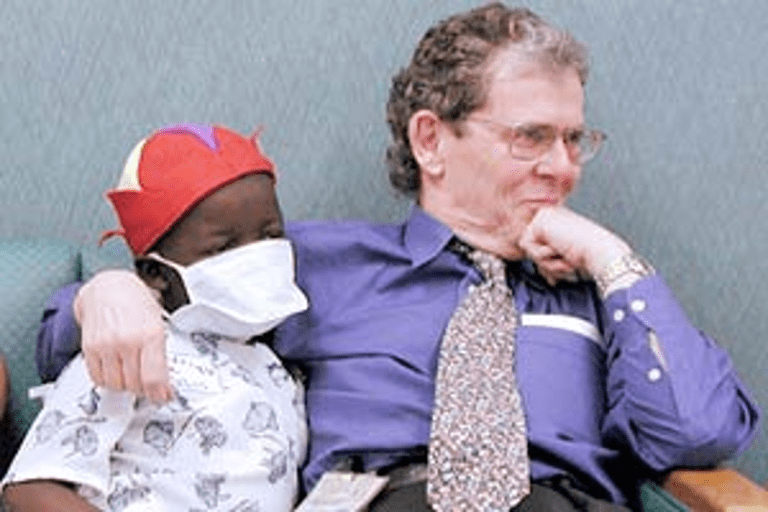

L to R Clockwise: John Graham-Pole aged 2 on Mummy’s knee with sisters Elizabeth, Mary, and Jane, High Bickington, Devon,
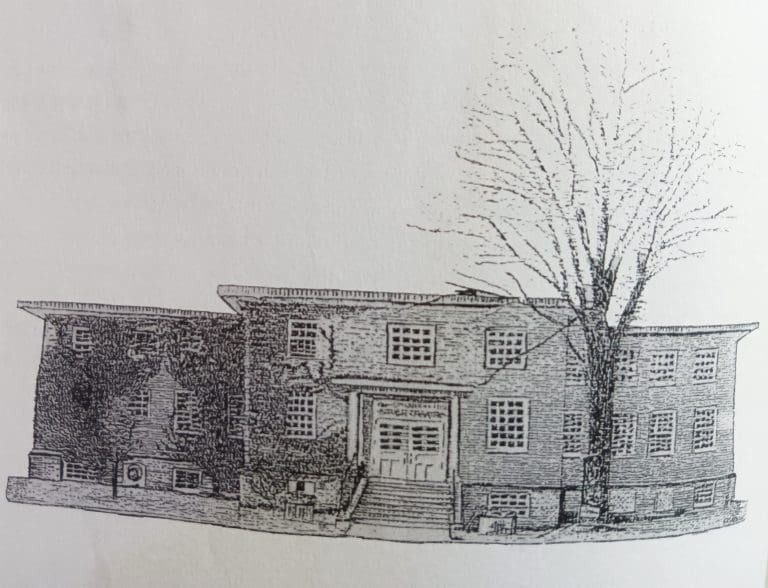

Posted by Dorothy Lander Once a month, John Graham-Pole and I showcase the publications of HARP The People’s Press at
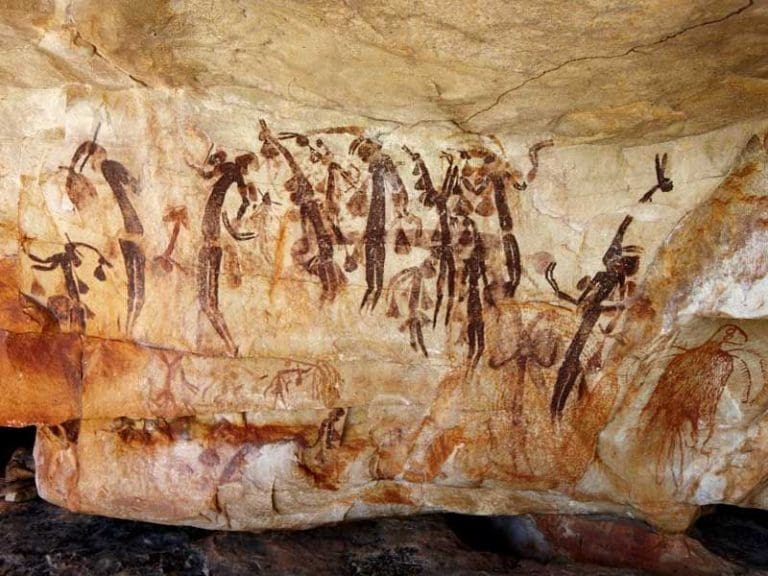

Aboriginal Rock Mural Kimberley Region, Western Australia Posted by John Graham-Pole I don’t have answers to any of these questions,
| Cookie | Duration | Description |
|---|---|---|
| cookielawinfo-checkbox-analytics | 11 months | This cookie is set by GDPR Cookie Consent plugin. The cookie is used to store the user consent for the cookies in the category "Analytics". |
| cookielawinfo-checkbox-functional | 11 months | The cookie is set by GDPR cookie consent to record the user consent for the cookies in the category "Functional". |
| cookielawinfo-checkbox-necessary | 11 months | This cookie is set by GDPR Cookie Consent plugin. The cookies is used to store the user consent for the cookies in the category "Necessary". |
| cookielawinfo-checkbox-others | 11 months | This cookie is set by GDPR Cookie Consent plugin. The cookie is used to store the user consent for the cookies in the category "Other. |
| cookielawinfo-checkbox-performance | 11 months | This cookie is set by GDPR Cookie Consent plugin. The cookie is used to store the user consent for the cookies in the category "Performance". |
| viewed_cookie_policy | 11 months | The cookie is set by the GDPR Cookie Consent plugin and is used to store whether or not user has consented to the use of cookies. It does not store any personal data. |